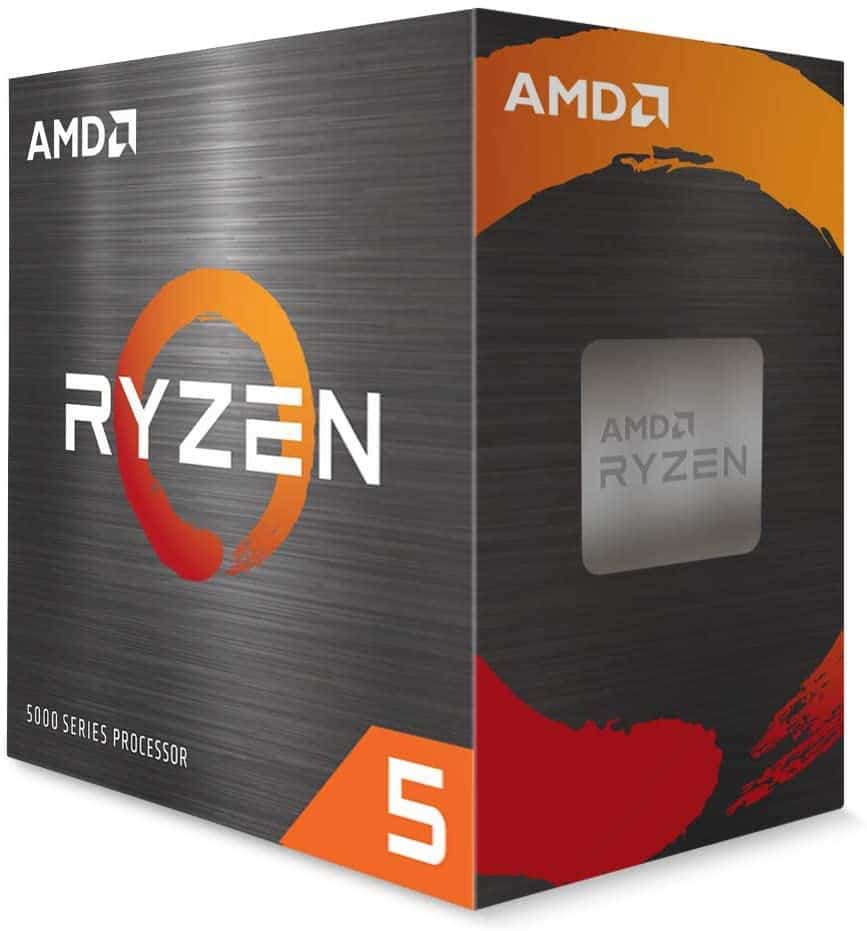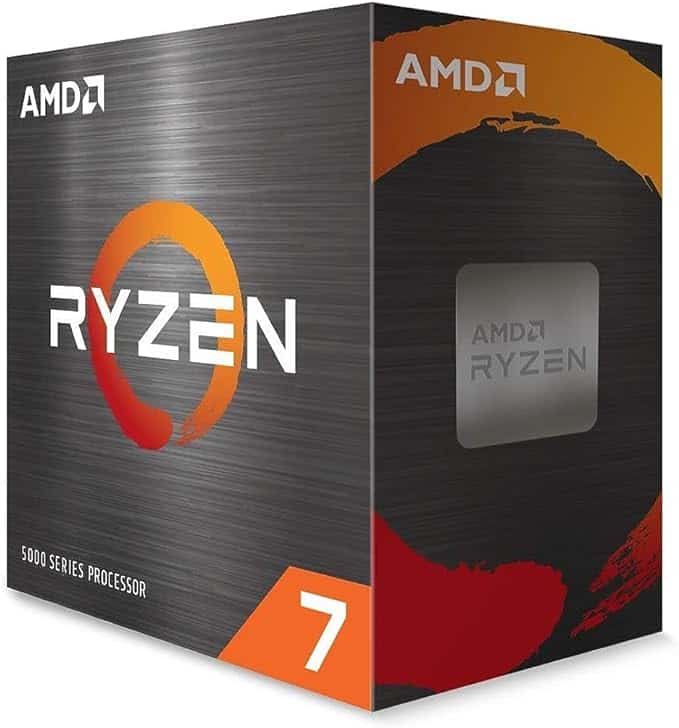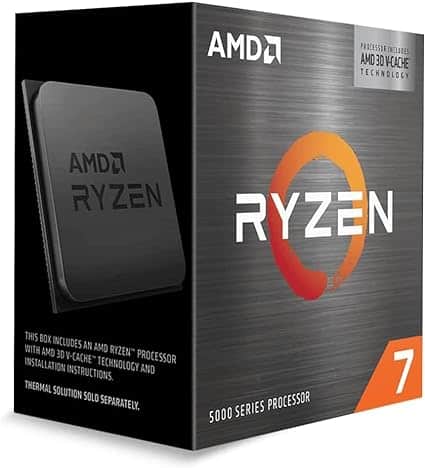Ryzen 5 9600X vs Ryzen 7 5800XT: what’s the difference between entry-level Zen 5 and new Zen 3 CPU?
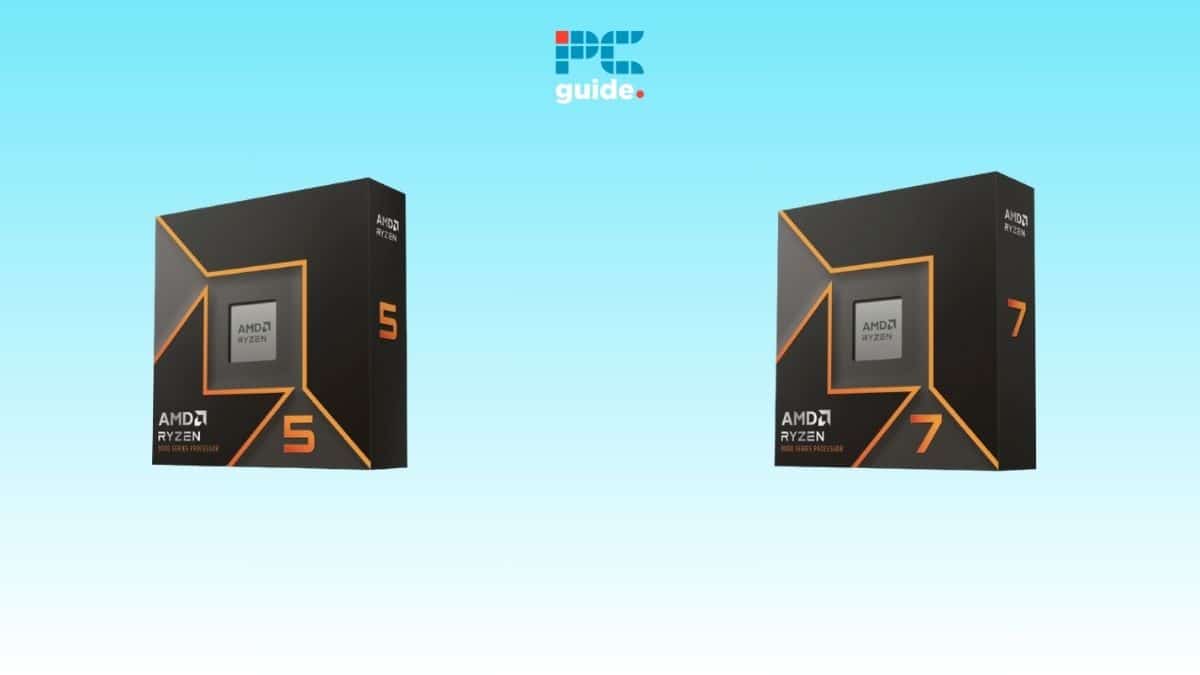
Table of Contents
The Ryzen 5 9600X has now launched and is available for purchase on Amazon. It is an entry-level card in the 9000 series lineup and is a solid option for those who are tight on a budget.
Along with the 9000 series processors, AMD has also introduced AM4 refreshers dubbed with the “XT” moniker, which was surprising and weird, but that just goes to show their dedication to the AM4 socket.
Prime Day may have closed its doors, but that hasn't stopped great deals from landing on the web's biggest online retailer. Here are all the best last chance savings from this year's Prime event.
- Sapphire 11348-03-20G Pulse AMD Radeon™ RX 9070 XT Was $779 Now $719
- AMD Ryzen 7 7800X3D 8-Core, 16-Thread Desktop Processor Was $449 Now $341
- Skytech King 95 Gaming PC Desktop, Ryzen 7 9800X3D 4.7 GHz Was $2,899 Now $2,599
- LG 77-Inch Class OLED evo AI 4K C5 Series Smart TV Was $3,696 Now $2,996
- AOC Laptop Computer 16GB RAM 512GB SSD Was $360.99 Now $306.84
- Lexar 2TB NM1090 w/HeatSink SSD PCIe Gen5x4 NVMe M.2 Was $281.97 Now $214.98
- Apple Watch Series 10 GPS + Cellular 42mm case Smartwatch Was $499.99 Now $379.99
- AMD Ryzen 9 5950X 16-core, 32-thread unlocked desktop processor Was $3199.99 Now $279.99
- Garmin vívoactive 5, Health and Fitness GPS Smartwatch Was $299.99 Now $190
*Prices and savings subject to change. Click through to get the current prices.
One of the two XT processors is the Ryzen 7 5800XT, and many people, like us, are interested in knowing how they'd fare against the 9000 series processors. In this article, we'll compare the entry-level 9600X to the 5800XT and see which one comes out on top: the new blood or the revamped fighter of the old. We also reviewed the 9600X and tested it in several benchmark tools.
You can also check out our Where to Buy 9600X and Where to Buy 5800XT pages if you’re interested in getting any of the two.
AMD Ryzen 5 9600X

Cores
6
Threads
12
Boost clock speed
5.4 GHz
Base clock speed
3.9 GHz
L3 Cache
32 MB
TDP
65 W
Platform
AMD Socket AM5
Shop on Amazon
CHECK PRICEAMD Ryzen 7 5800XT
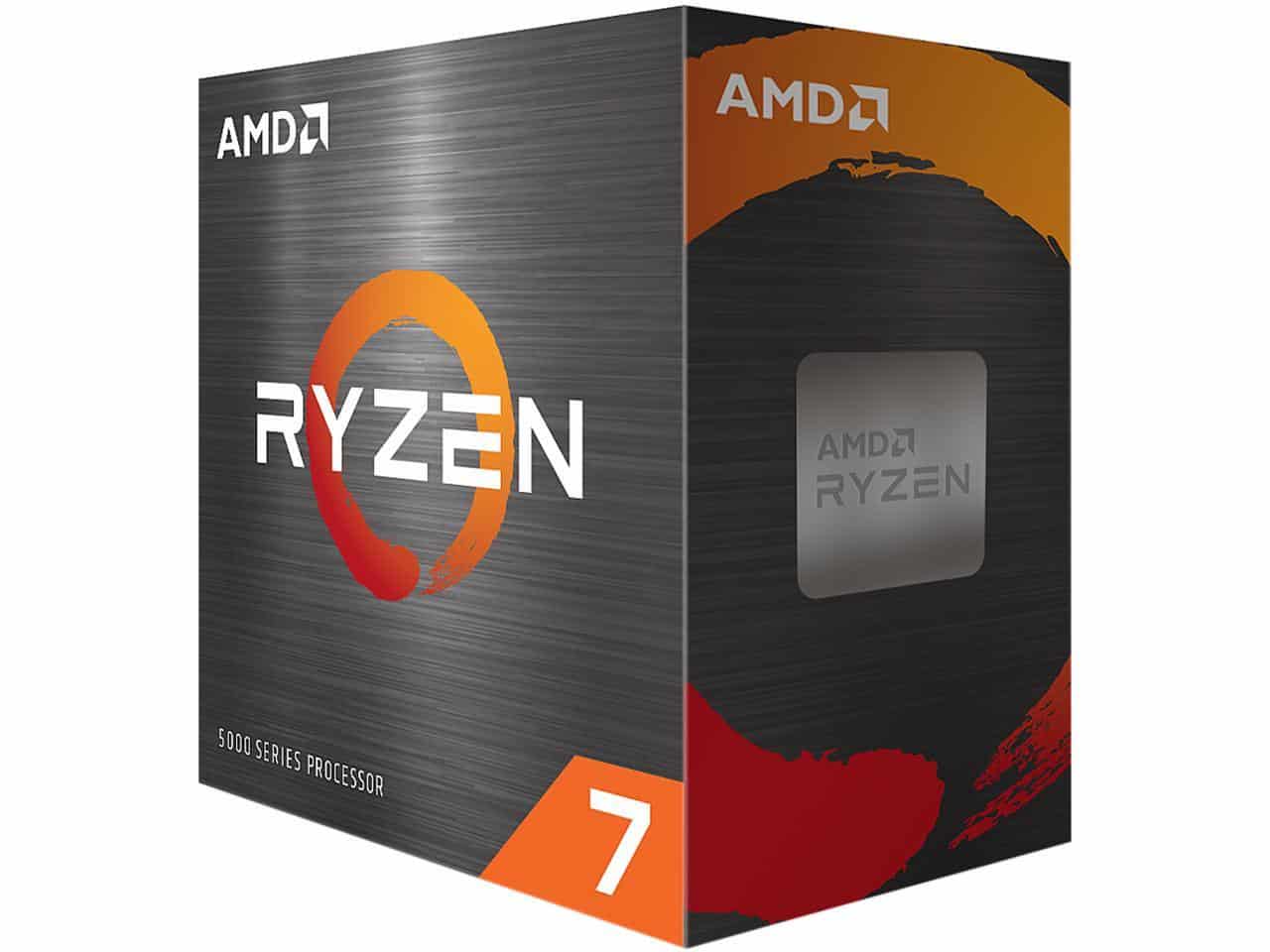
Cores
8
Threads
16
Boost clock speed
4.8 GHz
Base clock speed
3.8 GHz
L3 Cache
32 MB
TDP
105W
Platform
AMD Socket AM4
Shop on Amazon
CHECK PRICESpecifications
To see the hardware difference between the two processors, we've listed their specifications below.
| Specifications | Ryzen 5 9600X | Ryzen 7 5800XT |
| Architecture | Zen 5 | Zen 3 |
| Socket | AM5 | AM4 |
| Process | TSMC 4nm FinFET | TSMC 7nm FinFET |
| Cores | 6 | 8 |
| Threads | 12 | 16 |
| Base clock speed | 3.9 GHz | 3.8 GHz |
| Boost clock speed | 5.4 GHz | 4.8 GHz |
| L3 Cache | 32 MB | 32 MB |
| TDP | 65W | 105W |
| Integrated graphics | AMD Radeon Graphics | – |
By just looking at the specifications, we can see how vastly different these two processors are. However, considering they are based on completely different architectures, the differences look more justified.
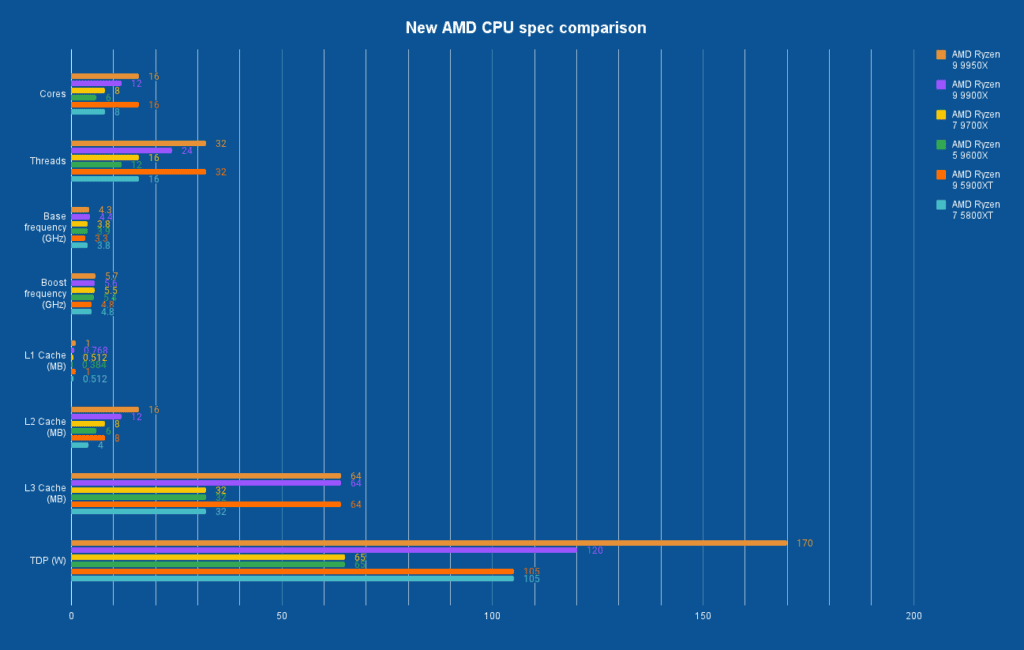
Foundations and cores
As mentioned above, the 9600X and 5800XT are based on the Zen 5 and Zen 3 architectures, meaning that their processing efficiency and capabilities are worlds apart. The 9000 series CPUs use 4nm CPU process technology, meaning more transistors are fitted on the CPU core, whereas the 5800XT has 7nm process technology.
This means that despite the 5800XT having more cores and threads, the 9600X should be able to process more data per instruction cycle. According to AMD, the Zen 5 architecture has a 16% uplift from Zen 4, so the 9600X is, on a fundamental level, faster and more efficient than the 5800XT.
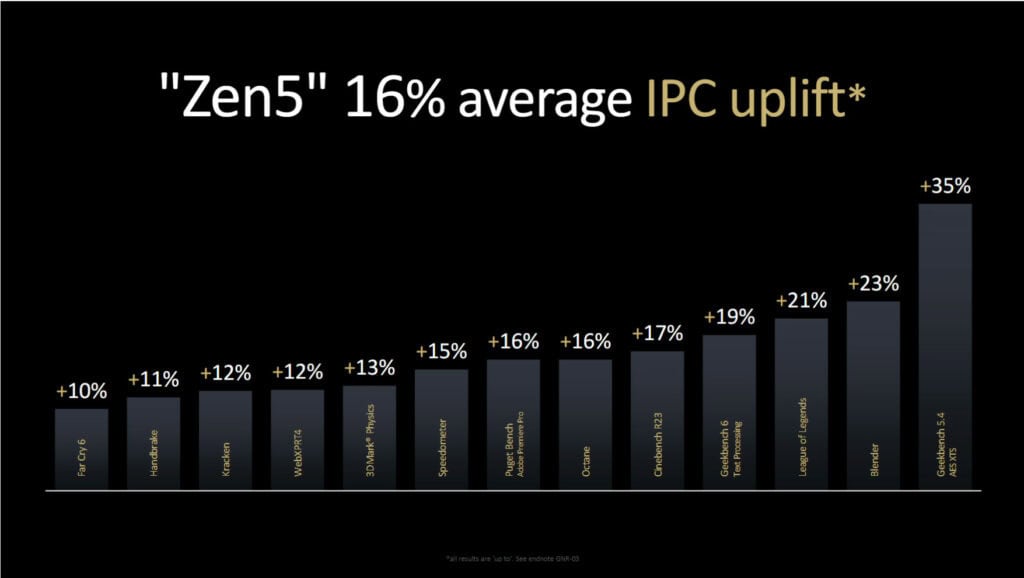
Clock rates
The speed at which a CPU can process information per cycle is determined by its clock rates, measured in GHz. The 9600X has a faster base and boost clock speeds than the 5800XT. To be more precise, the 9600X has 2.5% and 11% faster base and boost clock speeds, respectively. So, this is another victory for the entry-level 9000 series processor.
That said, we can't put the 5800XT out of commission as plenty of people are still on the AM4 platform for whom there is another option to upgrade. Besides that, if you want more performance from your CPU, you can always overclock it, but remember that it will increase its TDP and thermal output along with its performance. In this case, we recommend using the best thermal paste and CPU cooler to keep whichever processor you use from thermal throttling.
In our tests, the 9600X delivered great scores in multiple tests. In CPU Z, we got 827 and 6,435 points in single and multi-core tests, respectively. On the other hand, in the Handbrake TOS 4K Fast 1080P encode test, the average speed was 69.95 FPS.
Cache and TDP
The 9600X’s and 5800XT's L3 cache is 32 MB, meaning both have similar capacities to store frequently accessed data. However, as we've discussed before, the 9600X is faster due to its newer architecture, so it should be able to make better use of that 32 MB than the 5800XT.
On the other hand, the TDP is where there is a lot of difference, as the 5800XT only consumes 40W more than the 9600X. That said, given the performance difference between the two chips, the 9600X also takes the win in this domain, but we can't blame the 5800XT. The 7nm processes are less energy efficient than their successors, so we'll have to live with that.
Graphic capabilities
When it comes to the integrated GPU for these chips, the 9600X comes with AMD Radeon graphics with 2200 MHz frequency and two cores, while the 5800XT requires a dedicated GPU. This means that you have the ability to power your setup without a GPU if you opt for the 9600X but will have to invest in a desktop GPU to complete your 5800XT rig. Both have pros and cons, as a dedicated GPU is more powerful than integrated graphics but costs more. On the flip side, you could still be able to get your work done with an iGPU if your dGPU fails on you. If you're looking for a GPU to pair with your 5800XT, we recommend checking out our best graphics card guide for the top picks.
Pricing of the 9600X and 5800XT
As far as the price is concerned, the Ryzen 5 9600X is currently available for $279. On the other hand, the 5800XT, comes with a price tag of $249. In other words, there is a difference of $30 between the two processors.
How have these CPUs changed from the last generation?
The Ryzen 5 9600X is an entry-level processor in the Ryzen 9000 lineup, which should be an excellent upgrade for budget builders. Its predecessors were the 7600X and 5600X, which we've reviewed and will use as benchmarks. We'll look at the specifications of these three CPUs to see how much hardware changes between the same generation.
| Specifications | 9600X | 7600X | 5600X |
| Cores | 6 | 6 | 12 |
| Threads | 12 | 12 | 24 |
| Cache | 32 MB | 32 MB | 32 MB |
| Max boost clock | 5.4 GHz | 5.3 GHz | 4.6 GHz |
| Base clock speed | 3.9 GHz | 4.7 GHz | 3.7 GHz |
| TDP | 65W | 105W | 65W |
It isn't surprising to see similar cores, threads, and cache capacity that we're familiar with in the Ryzen 600X processors. The clock speeds and TDP vary, as the 9600X has the highest max boost clock out of the three, while the 7600X takes the lead with its 4.7 GHz base clock speed but has the highest TDP, whereas the 9600X and 5600X share the same TDP of 65W.
We compared the 5800XT to its controversial sibling, the 5800X, and the forgotten 3800XT, which wasn't well received as it only came with a 200 MHz boost clock speed increase over the base model. The cores, threads, TDP, and cache are the same for all three processors, as shown in the table.
| Specifications | 5800XT | 5800X | 3800XT |
| Cores | 8 | 8 | 8 |
| Threads | 16 | 16 | 16 |
| Cache | 32 MB | 32 MB | 32 MB |
| Max boost clock | 4.8 GHz | 4.7 GHz | 4.7 GHz |
| Base clock speed | 3.8 GHz | 3.8 GHz | 3.9 GHz |
| TDP | 105W | 105W | 105W |
| Architecture | Zen 3 | Zen 3 | Zen 2 |
However, the difference is evident when we look at the clock speeds and architecture. The 5800XT has a 0.1 GHz faster max boost clock, while the 3800XT has a faster base clock speed by a similar margin. The biggest difference is that the 5800XT and 5800X are based on the Zen 3 architecture, while the 3800XT has the aged Zen 2 architecture.
Alternatives to the 9600X and the 5800XT
There are some processors that you could opt for instead of the 9500X and the 5800XT, and we've listed them below. We've reviewed some of these alternative options, and you can also check out their in-depth reviews.
9600X alternatives
-
AMD Ryzen 5 7600X
- Cores: 6
- Threads : 12
- Boost clock speed: 5.3 GHz
- Base clock speed: 4.7 GHz
- L3 Cache: 32 MB
- TDP: 105W
-
AMD Ryzen 5 5600X
- Cores: 6
- Threads : 12
- Boost speed : up to 4.6 GHz
- Base speed: 3.7 GHz
- L3 Cache: 32 MB
- TDP: 65W
5800XT alternatives
-
AMD Ryzen 7 5800X
- Cores: 8
- Threads: 16
- Boost clock speed: 4.7 GHz
- Base clock speed: 3.8 GHz
- L3 Cache: 32 MB
- TDP: 105 W
-
AMD Ryzen 7 5800X3D
- Cores: 8
- Threads: 16
- Boost speed : Up to 4.5 GHz
- Base speed: 3.4 GHz
- L3 Cache: 96 MB
- TDP: 105W
Which one should you go for?
There isn't a one-size-fits-all answer to this question, as both processors are viable options for different people in different scenarios. For example, if you don't want to spend hundreds of dollars to move to the AM5 platform but want a faster processor, the 5800XT should prove to be a good upgrade. While the path to upgrade would be even more limited after that, it shouldn't cost you a lot.
On the other hand, if you want to put your foot through the door and experience what the next-gen processors have to offer and are willing to spend a good amount to set it up, going for the 9600X is a no-brainer.
When I talked to Jack Howarth and Sebastian Kozlowski, our hardware experts and PC enthusiasts, it seemed we all came to the same conclusion.
The 9600X is the more power efficient chip that gives you the most bang for your buck, the IPC increases that the Zen 5 cores have over the Zen 3 cores is hard to ignore. This means the 9600X will likely perform better, even in multi-threaded workloads, and do so with a much greater efficiency.
The 5800XT is a good choice if you’re looking for something between the 5800X and the 5900X and you’re already on the AM4 platform. If your budget doesn’t afford you to upgrade to AM5 just yet, this could be a good chip to go for.
Jack Howarth
It may not seem it straight away but the 9600X is a lot more improved processor. Enjoying the benefits of the new platform and general improvements, there’s a lot to enjoy overall. It is the budget choice for the 9000 series but doesn’t detract from its capabilities especially in gaming and if you don’t need hard workloads.
The 5800XT on the other hand gives another good upgrade choice for the AM4 platform. At this stage it does just offer that as you’d be limiting yourself to an platform with no future apart from maybe more processors.
Seb Kozlowski



